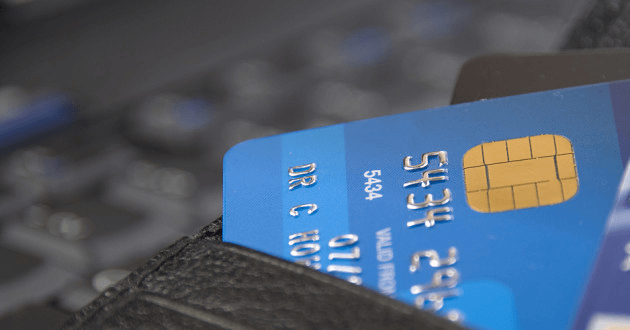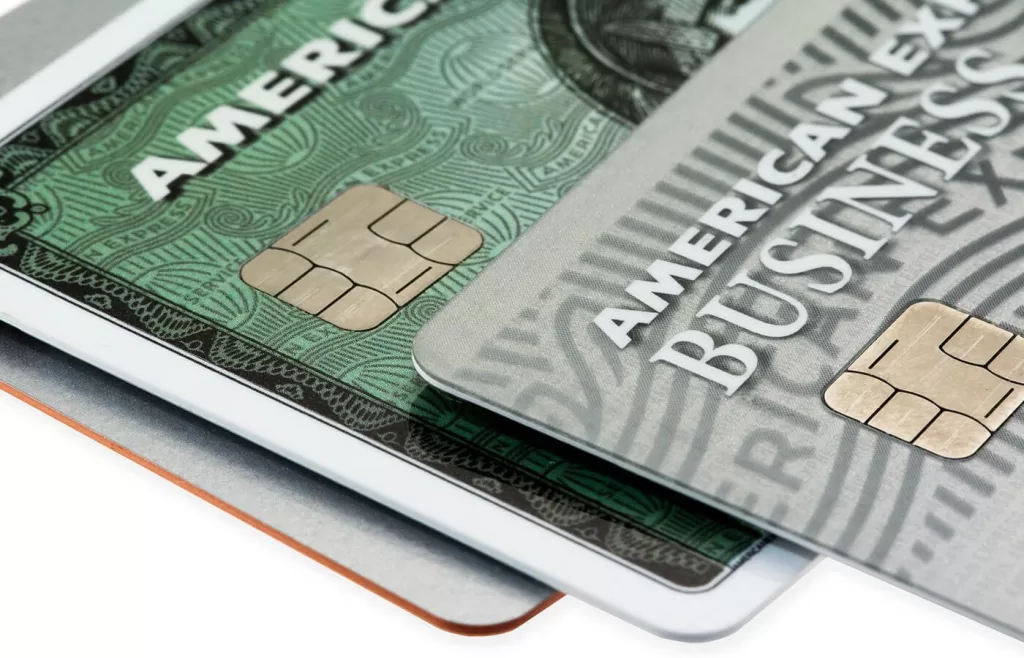
What are the uses of EMV chip card?
An EMV chip card does more than just prevent theft during transactions. They also provide secure payments, support contactless payments, store mobile wallet tokens, and can host loyalty cards or transportation apps. We’ll delve into these real-world applications. You’ll learn how chips secure in-store purchases, enable tap-and-pay transportation, support tokenized mobile payments, and enable issuers to offer value-added services.
How the Chip Works
An EMV chip stores secret keys and executes small on-card programs. During checkout, the terminal and chip exchange dynamic data to produce a transaction cryptogram. The issuing bank validates that cryptogram before clearing the sale. Unlike the magnetic stripe, the chip changes its output on every transaction, which renders copied data useless. Some chips support offline PIN verification and limited offline approvals when networks are unavailable. Protocols such as dynamic data authentication allow issuers to balance speed and security. Together, these features stop simple cloning and reduce the value of stolen data in breaches.

Secure In-Store Payments
After migration to EMV, many countries recorded steep drops in counterfeit card fraud. The chip’s dynamic authentication made cloned-card attacks far less profitable and far less common. The United Kingdom reported roughly a 90 percent reduction in counterfeit card losses after EMV rollout. Canada reported a decline of nearly 76 percent in counterfeit losses following migration. Retailers that upgraded terminals lowered their exposure to card-present fraud and related chargebacks. These measurable declines demonstrate EMV’s clear, real-world benefits for in-person retail security.
Contactless and Mobile Payments
EMV standards extend to contactless tap-and-go payments and modern mobile wallets. The same EMV security model applies when devices communicate via NFC. Mobile wallets use EMV-based tokenization to replace card numbers with single-use tokens. That approach keeps account data out of merchant systems while preserving EMV protections at the point of sale. Contactless EMV speeds checkout and reduces physical touch during busy transactions. Many merchants adopt contactless with modest terminal upgrades. EMV Mobile standards define how phones and wearables participate in secure payments.

Transit, Ticketing, and Access
Public transit agencies increasingly accept EMV contactless payments, allowing riders to tap a bank card or phone to ride. Transit operators gain flexibility and avoid the operational overhead of issuing and managing proprietary fare media. EMV supports complex fare rules, off-board validation, and daily or weekly fare capping without separate transit cards. Cities that adopt EMV simplify access for tourists and occasional riders, reducing friction at gates and validators. Integration with EMV reduces backend reconciliation burden and lowers the need for separate validator hardware. Real-world deployments show that open EMV standards can scale and improve the rider experience.
Loyalty, Multi-Application, and Value-Added Uses
EMV chips can host multiple applications beyond pure payment credentials on the same plastic. Issuers can provision loyalty identifiers, campus access, or limited stored value alongside payment keys. That consolidation reduces the number of physical cards a consumer must carry in their wallet. Merchants can attach loyalty benefits directly at the point of sale without separate barcodes or extra hardware. Developers build layered services while keeping sensitive payment keys protected inside the secure chip. When providers follow security best practices, combined services add convenience without weakening core payment security.

Liability, Merchant Adoption, and Global Scale
Card networks introduced a liability shift to accelerate EMV adoption across markets. In the United States, that shift came into effect on October 1, 2015, and motivated merchants and ATM operators to upgrade acceptance infrastructure. The liability rule assigns fraud loss to the least secure party when an EMV-enabled card is used with non-EMV acceptance. That incentive changed behavior across the industry. At the same time, EMV has scaled broadly around the world. EMVCo reported nearly 13 billion EMV chip cards in global circulation by the end of 2022, and a high share of card-present transactions now use EMV technology.
The Broader Value of EMV Chip Card
The EMV chip card has evolved far beyond simple payment authentication. Today, it has become a versatile, secure platform that connects everyday commerce, mobility, and digital identity. From retail checkouts to public transportation gates, the chip enables safer, faster, and smarter transactions worldwide. Its dynamic encryption technology not only protects personal data but also provides a reliable authentication tool for merchants and banks. For consumers, it offers convenience without compromising security. EMV technology will emerge as a payment method, connecting physical cards, mobile devices, and the next generation of secure digital ecosystems.


